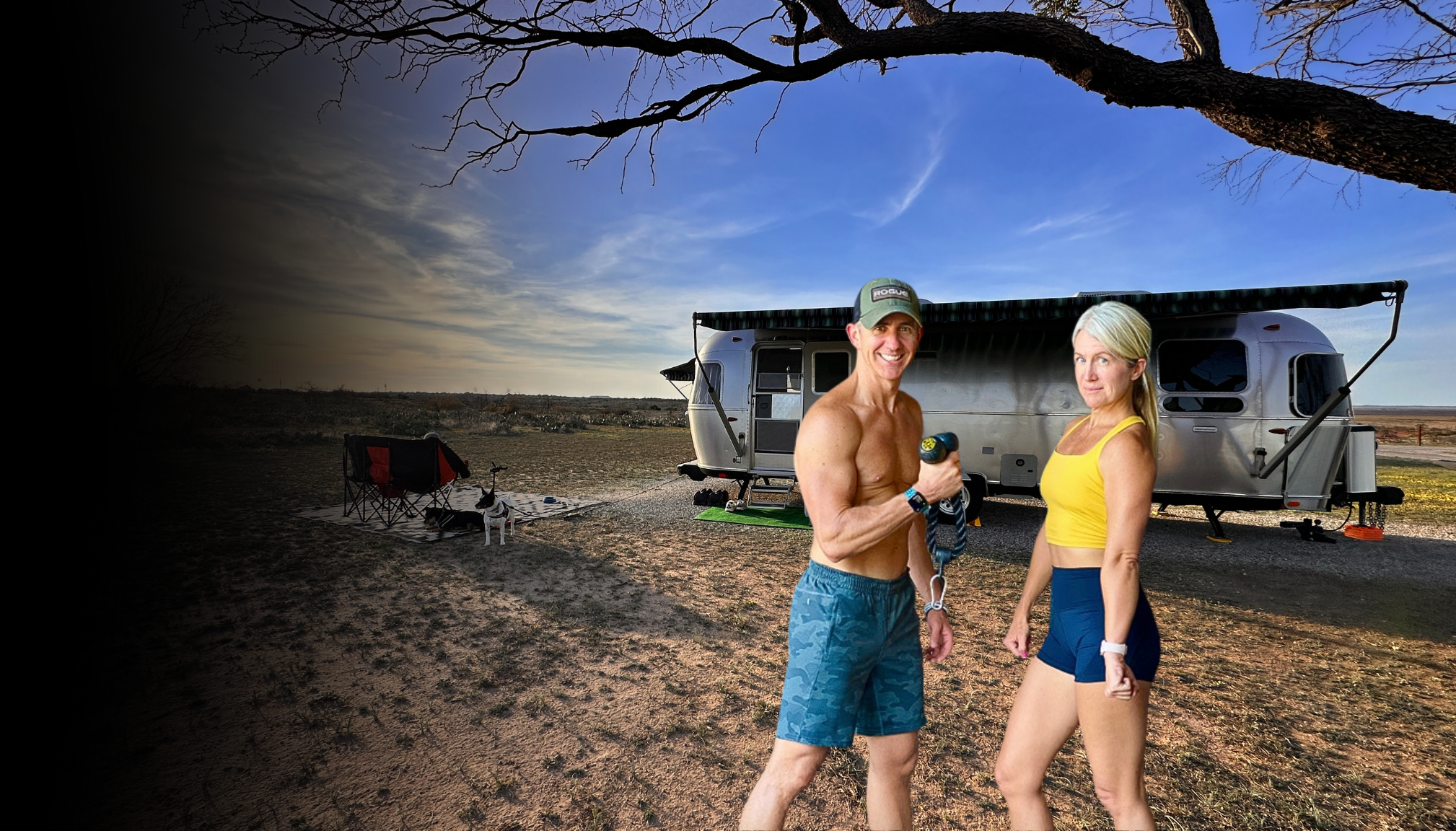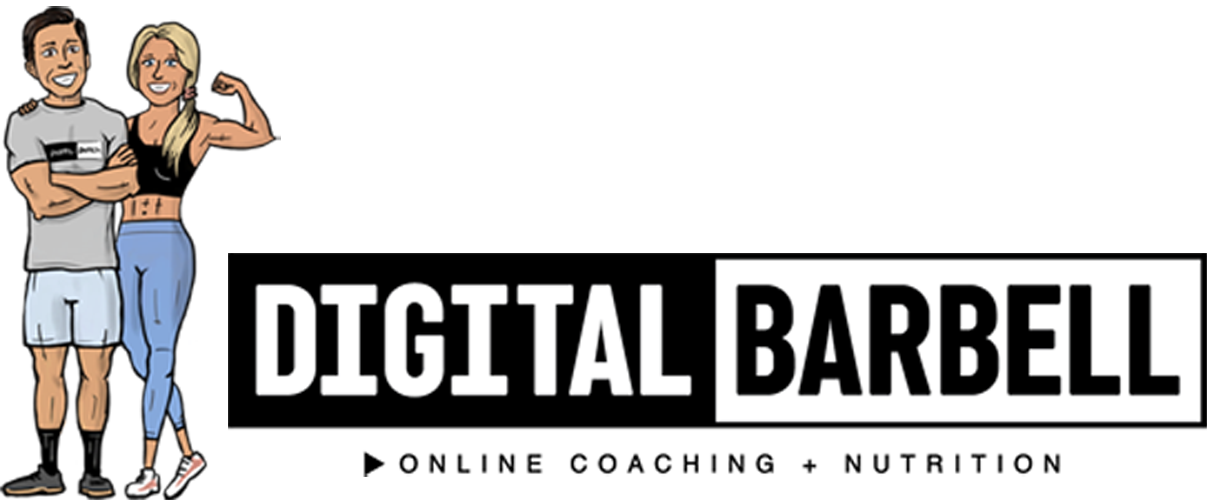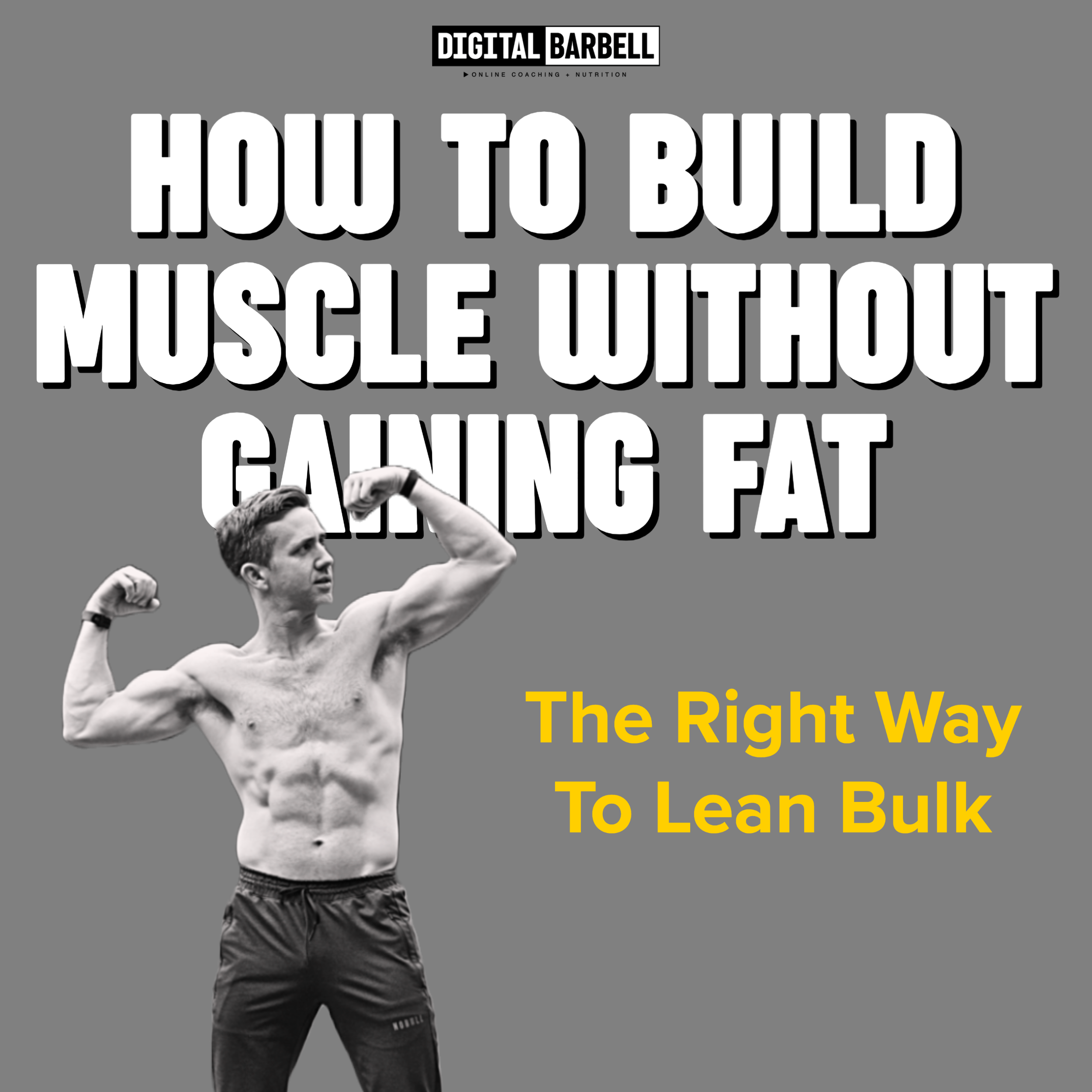
FREE CONTENT
If You Have a Question, We’ve Likely Written A Blog About It!
Can You Build Muscle Without Gaining Fat? Lean Bulking is The Answer!
Do you want to pack on some serious strength and muscle mass? Then you need to “BULK”! The problem is, if you don’t do it the right way you might just end up wasting a bunch of time and end up gaining more fat than muscle. But we aren’t going to let that happen. You’ll learn everything you need to know in this article about how to bulk without gaining extra fat, the best exercises and how to train while bulking, and how to set your calories, protein, carbs and fat to make the most of your bulk. Let’s go!
Are Net Carbs Good For Fat Loss?
Net carbs might not be what you think they are. And if you’re banking on a lot of “net carb” food you may end up frustrated. Here’s the real deal on Net Carbs.
What is "Tracking Macros", and How To Use It To Lose Fat & Gain Muscle
If you want to take control of your nutrition and get serious about fat loss or building muscle there’s really no better way than tracking macros.
If you’ve been on the interwebs in the last few years and googled anything about nutrition you’ve probably seen the term “MACROS” OR “MACRONUTRIENTS” pop up.
Maybe you rushed out to Whole Foods and headed straight for the Macronutrient aisle so you could start taking advantage of this new superfood for fat loss! Sadly, you couldn’t find a bag of macros, but you found this article and that’s even better!
What Snack Bars Have The Best Taste, Calories, Protein, Carbohydrates and Fat?
You know grabbing a candy bar isn’t the right option, so you head to the snack bar aisle in the store.
There you stand, under the bright LED lights overhead completely overwhelmed by the sea of choices.
Should you get the plant based protein bar?
Is the paleo one healthy?
Maybe it’s like wine and you just pick one with a cool looking label?
Well, the fact is, some of them taste like dirt, some have a ton of calories and some of them are trying to trick you into thinking you’re eating less calories than you really are.
We pulled 10 different snack bars off the shelf and we’re tasting, looking at the labels and giving you our opinion of which are “best” and which ones to avoid.
What’s The Best Yogurt? Greek? Icelandic? Almond? Oatmilk? Find out with our yogurt taste test and nutrition break down.
There are approximately 8,459 options when it comes to yogurt and fauxgurt (I made that up).
Some are rich and creamy, some are sad and runny and some taste like chemical waste.
The differences don’t stop there. Some are high in carbs for no good reason, some are high in protein and some have none at all.
We taste tested 13 different yogurts (and some yogurt wanna be’s) to give you the good, the bad, and the not so tasty truths about each of them. One was so bad Blakley had to spit it out.
Find out our thoughts on non-fat yogurt, 2% yogurt, Greek yogurt, Icelandic yogurt, Almond yogurt alternative, Oatmilk non-dairy yogurt and even yogurt made from a coconut.
Let’s do it.
How To Find Your TDEE and How Many Grams of Protein, Carbs and Fat To Eat
We know that calories are our energy source.
The main factor in weight gain or loss is calories in vs calories out (it’s really that simple).
If you want to maintain your body weight you need to eat around the same number of calories that you are burning.
If you want to gain muscle you need to be eating more calories than you are burning.
If you want to lose fat, you need to be eating less calories than you are burning.
Even though we know all of these things we still may not know how much and what to eat!
What's the best way to build muscle and strength? (Training + Nutrition)
We all have different goals when it comes to what we are trying to accomplish with our workouts. Some of us desire to run long distances. Some of us want to get as strong as possible. Some of us want to be well-rounded and generally fit for life, and some of us want to grow bigger stronger muscles. You might have to goal to get bigger muscles and not even know it. Many of our clients want to look more “toned”. Toned is code for having larger (not massive) muscles, that you can actually see because they’re visible under low body fat percentages.
If you want to make your muscles grow, your training needs to be biased in that direction and it needs to have a few key components and considerations which we will dive into today.







